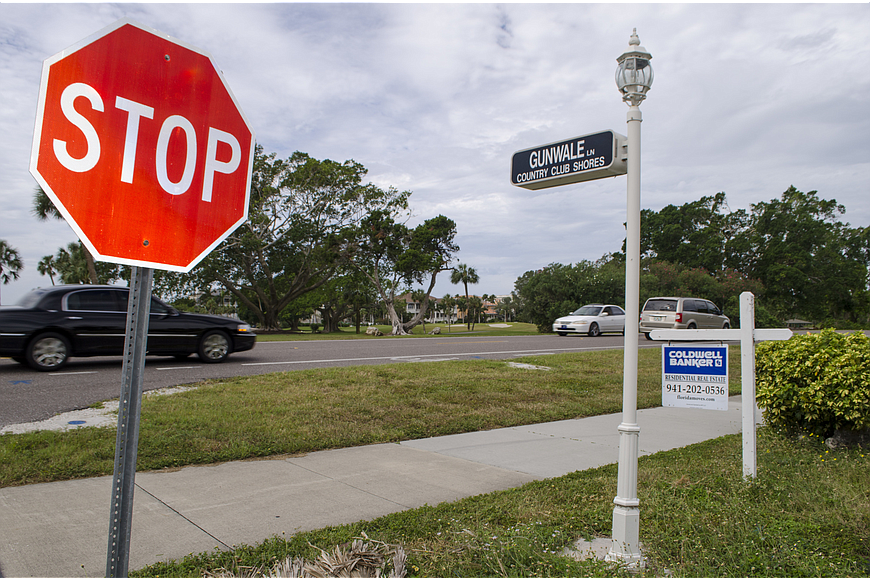- April 26, 2024
-
-
Loading

Loading

It has been almost three years since Longboat Key stopped enforcing its sign codes in the wake of a U.S. Supreme Court decision that deemed its regulations unconstitutional.
And when the Town Commission was presented with a constitutionally sound sign code this past week, it remanded the policy decision to a workshop for further discussion. So why the delay?
The answer to that question begins with what Assistant Town Attorney Kelly Fernandez said was a “significant” change to how signs may be regulated. Before 2015, the federal government didn’t mandate how signs should be treated — Longboat did so with acute attention to detail.
The Key’s rules for temporary signs were based on what was on the sign. That means political signs had different rules than, say, real estate signs.
But then, in June 2015, the U.S. Supreme Court decided that judging signs based on content violates Americans’ right to freedom of expression permitted by the First Amendment.
In that case, the town of Gilbert, Ariz., had been regulating directional signs used for a church differently than it regulated other temporary signs — much like Longboat Key’s rules for posting information on a placard in a lawn. The church and its pastor thought that unfair.
And after more than 10 years of legal wrangling, the case landed before the Supreme Court, where the nation’s highest judges decided in favor of the church and its pastor.
The judgment found that the only way to constitutionally regulate signs, without running afoul of the First Amendment, was to judge them on time, place and manner. That meant all signs should be treated equally, regardless of what is on them.
That left Longboat Key with two options: Allow all temporary signs or don’t permit any. After some discussion at the Town Commission regarding the matter, island decision-makers went with the former.
And so it’s been since 2015. Town Planner Maika Arnold said she’s spent dozens of hours crafting a new sign code since then that meets constitutional standards of fairness.
The town first partnered with the University of Florida, then with the International Municipal Lawyers Association, in effort to draft a sign code that met constitutional requirements but also kept strict regulations desired by the Town Commission and the Planning and Zoning Board.
Fernandez said it isn’t unusual for Longboat Key to take as much time as it has to draft an ordinance within the bounds of constitutional restrictions on regulating temporary signs. And since sign codes vary across the state, Fernandez said there is no standard timeline for this process.
There’s also no regulatory agency pressuring municipalities to change their codes, Fernandez said. The only threat to the codes comes from the potential of a lawsuit against the town for enforcing codes that are unconstitutional.
“It’s a big change in how temporary signs are treated,” Fernandez said. “To keep the standards without looking at the content takes some time.”